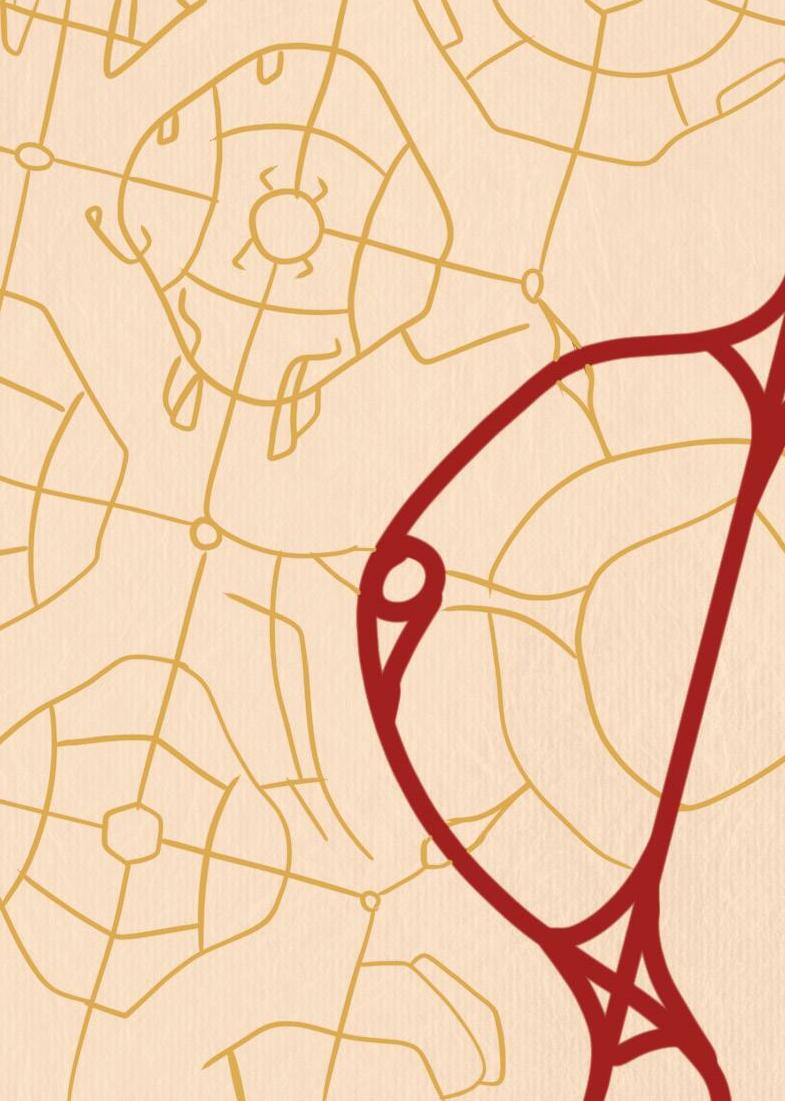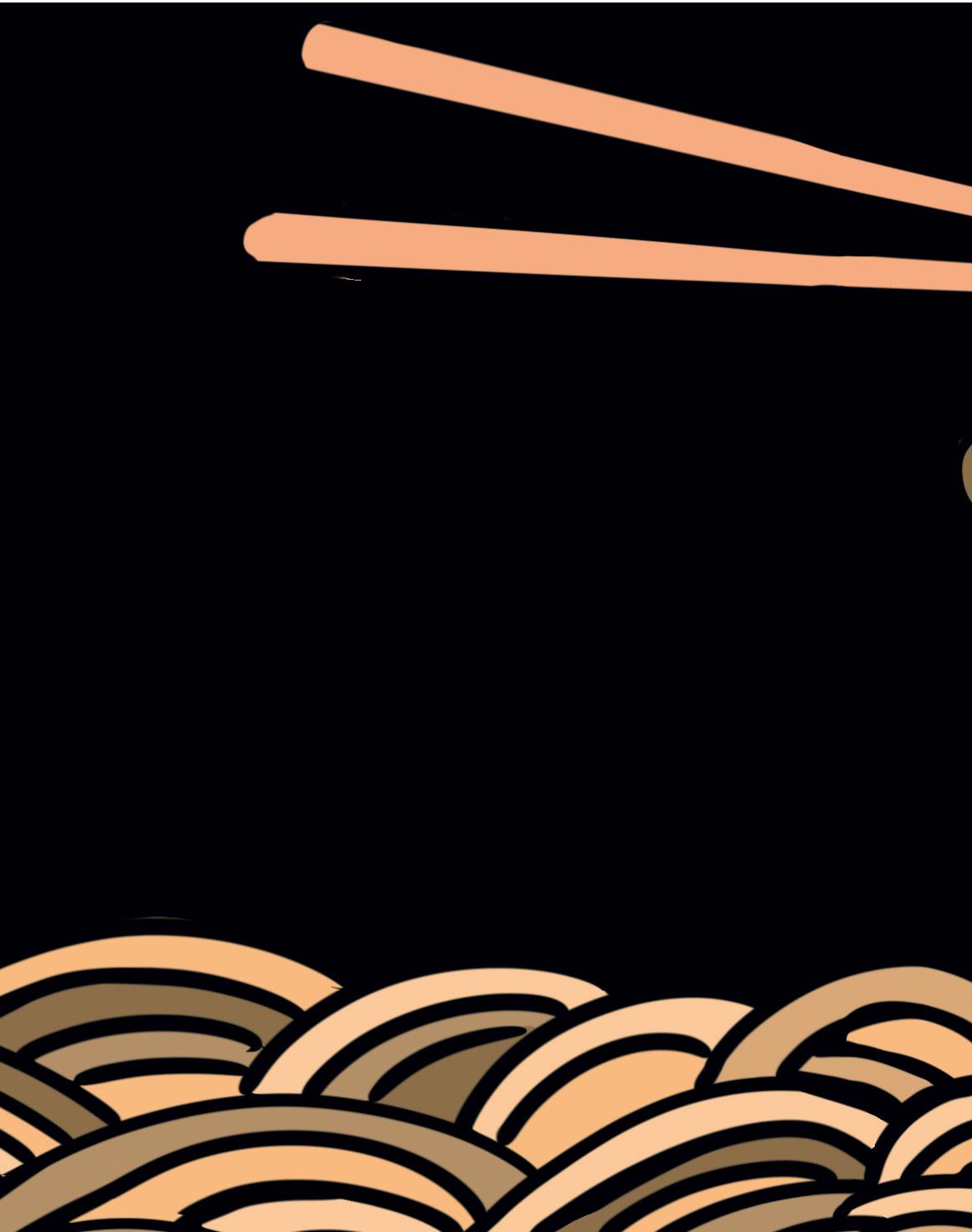The Noodle Library Tour




For the longest time, theres has been a conflict between the Italians and the Chinese on the origin of noodles. The oldest historical mention of noodles found was an archaeological artifact in china. This was around 4000 years old.

Since then noodles have migrated and developed in several variations leading to what we have today.
This tour will take you on a tasting journey, allowing you to experience noodles in different styles from different regions.


Ramen was originally served in in 1923 by a Chinese chef named Wang Wencai Restaurant. In the beginning, he offered a mild chicken broth with shoyu or soy sauce for taste.
With the outbreak of World War II, everything changed; ramen basically vanished as the luxury of dining out became a victim of the rationing that was in place at the time. When peace was restored, ramen became popular again, with new types being created.

The predominant flavor at first was a blend of soy sauce and salt. When a client requested noodles in his miso and pork soup in 1954, a new traditional dish was born. As a result, it is the origin of the term Miso Ramen. Miso Ramen has since become the hallmark dish of Sapporo-style ramen.

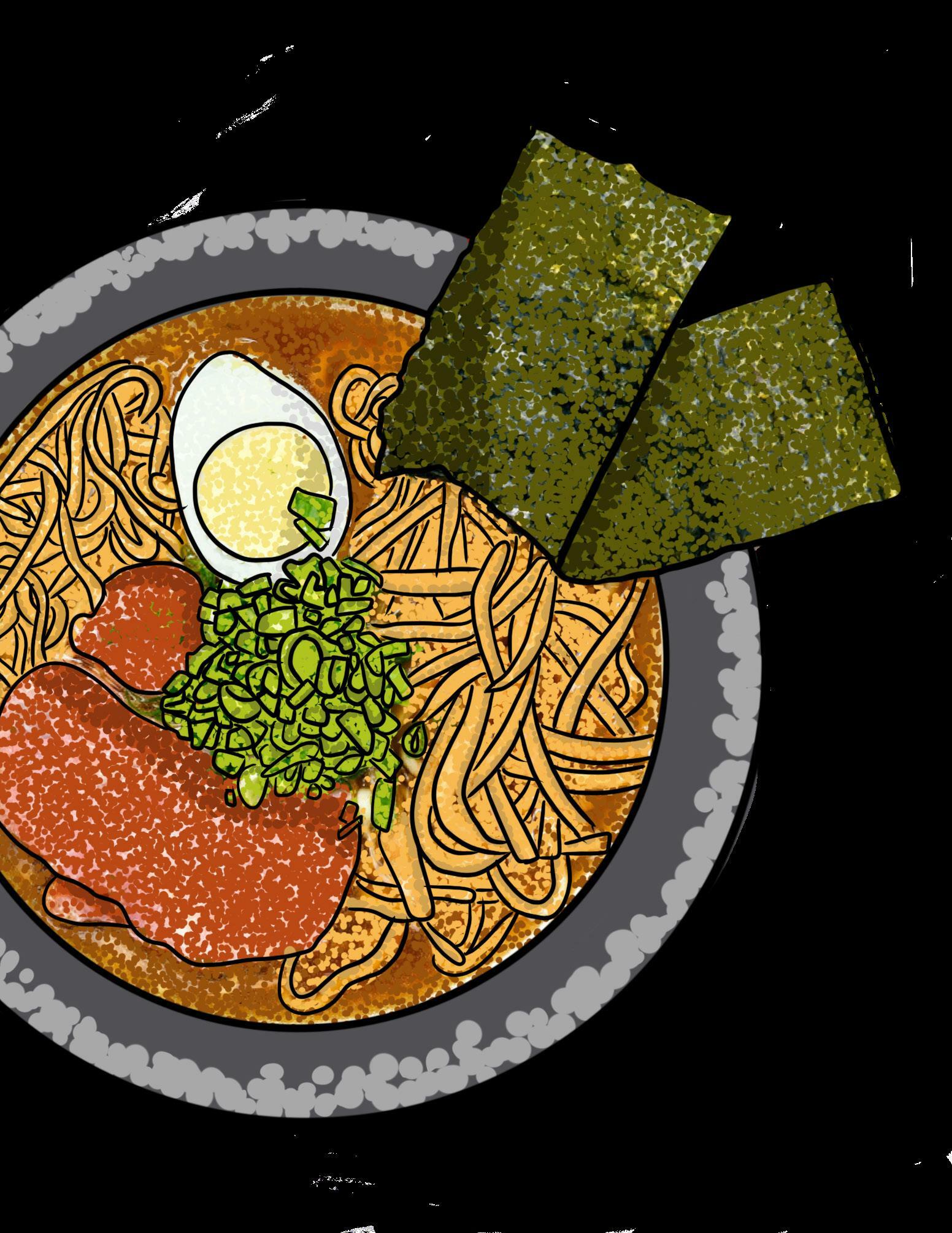

Curiously, the original version of Japchae contained neither meat nor noodles. Dating back to the seventeenth-century Joseon (or Choson) dynasty, Japchae was invented by one of King Gwangaegun’s subjects, who concocted the dish for a royal celebration.
At the time of the dish’s creation, the signature characteristics of Japchae—beef and noodles—were not prevalent in the Korean diet. Rather, vegetables were the customary topping in Korean cooking.
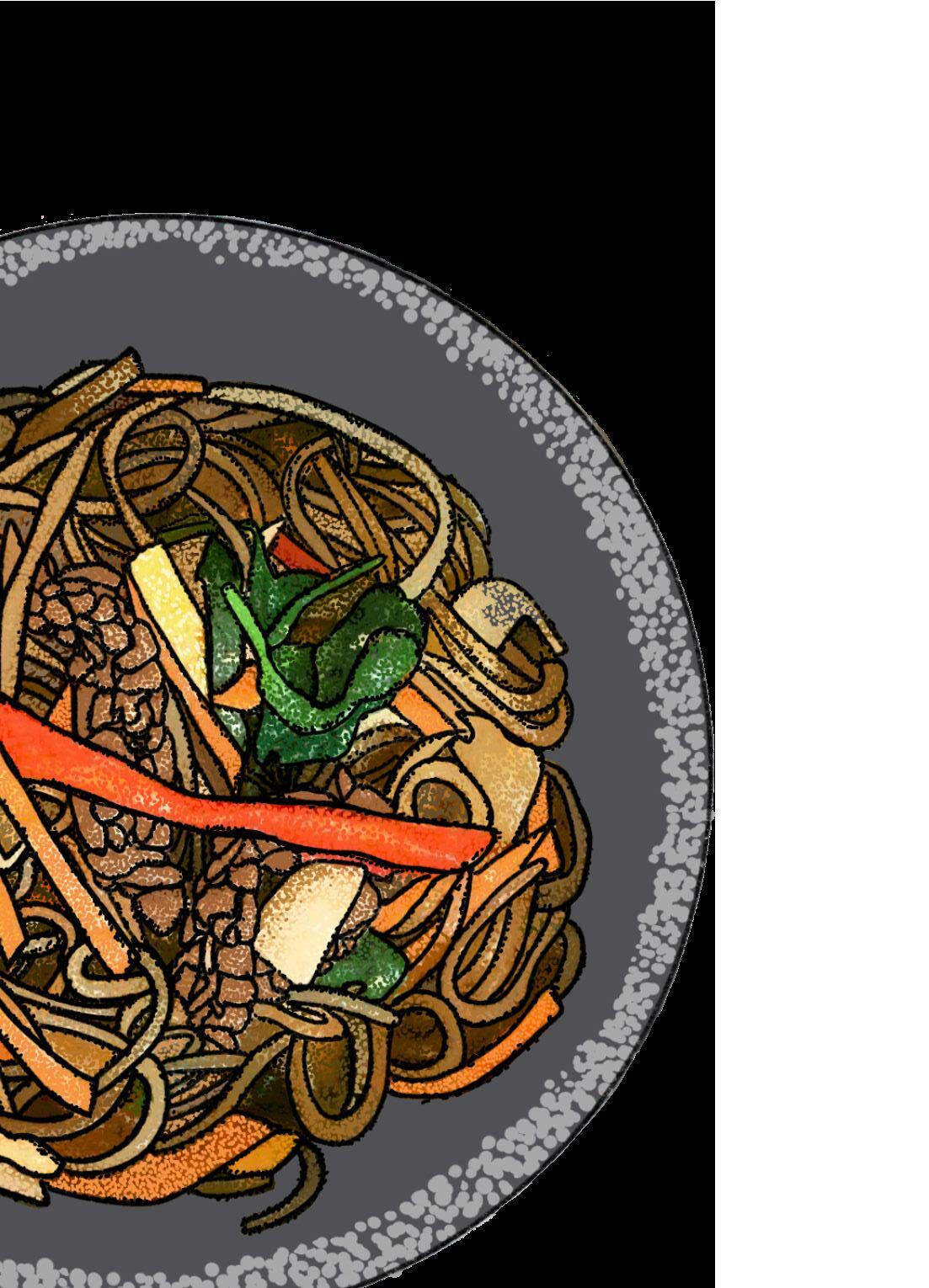
During the Koryo (or Goryeo) dynasty (which preceded the Joseon), the slaughter of cattle for food was prohibited in accordance with Buddhist beliefs.

Taiwanese beef noodle soup initially appeared after the Kuomintang Civil War and fled to Taiwan in 1949.
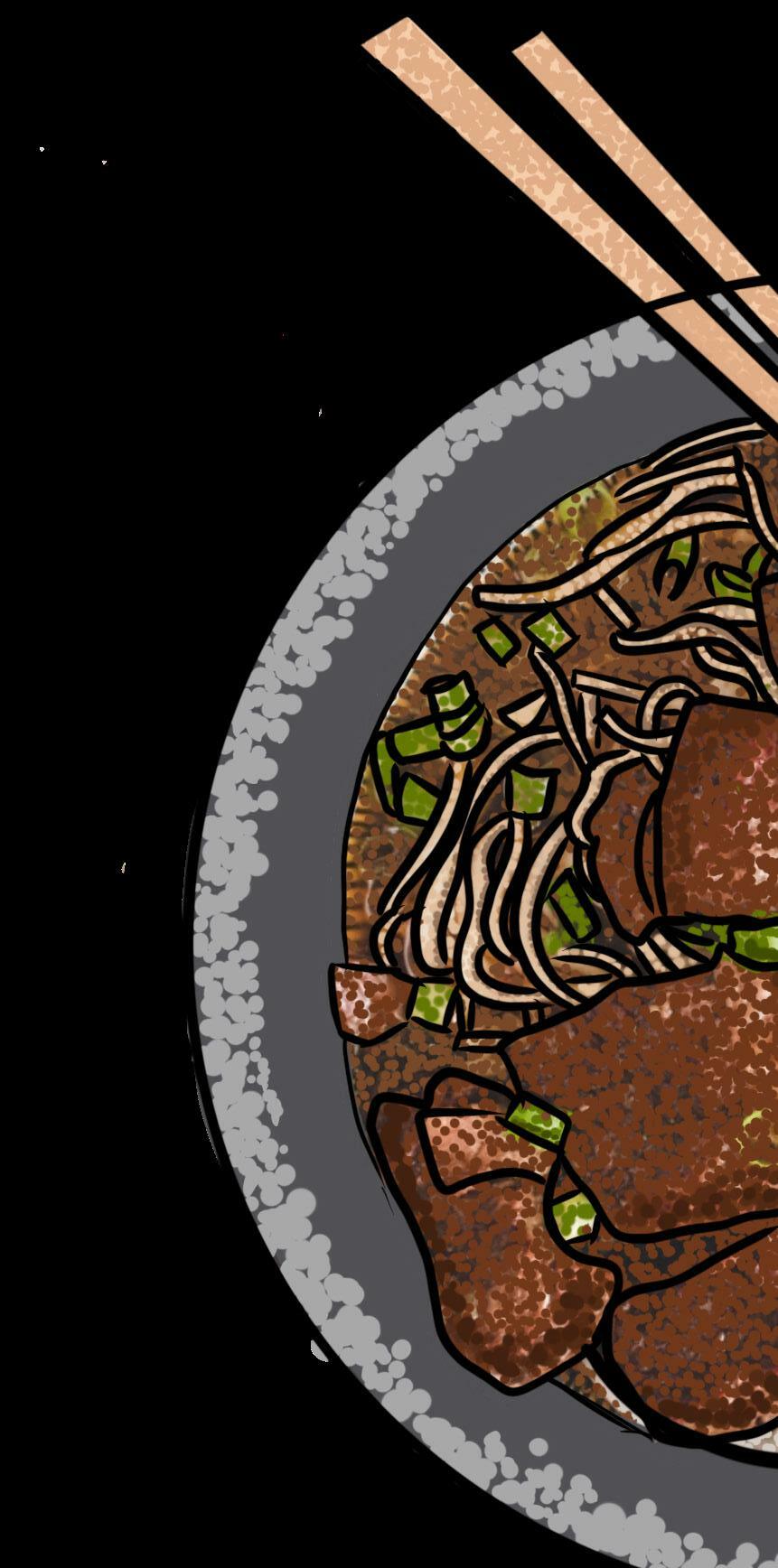
Eating beef was regarded extremely forbidden until the second part of the nineteenth century, an attitude that dated back to ancient China, where regulations outlawed the slaughter of cattle.

Following Japan’s conquest of Taiwan in 1895, the concept of cattle as food vs. buddy began to shift.
Japanese immigrants and their families carried with them their eating habits, which helped to legitimize beef consumption in the country.









